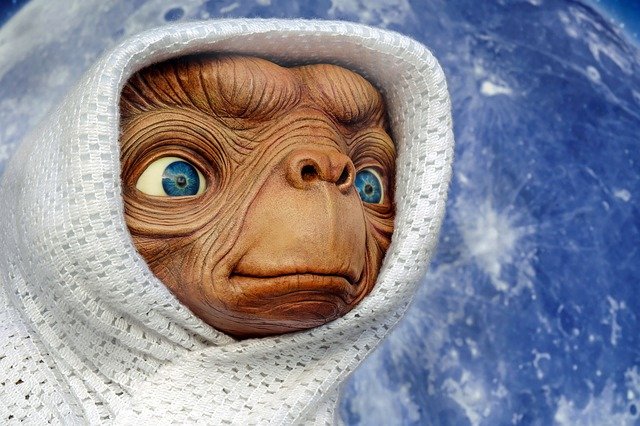Planet Distance
Question 1
A classic radiotelecope detects a planet’s hydrogen emitted waves of $\lambda=21 cm$. If the signal emitted by a planet has a wavelength that is 0.28 cm longer than the standard 21 cm wavelength what is the distance to this planet? (Instead of planet there could be a galaxy for example)
The redshift is given by the equation
$z +1= \lambda(obs)/\lambda_0 =21.28/21 =1.01333$
$z =0.01333$
The speed is thus
$1+z = \sqrt{(1+v/c)/(1-v/c)}$
$1.02684 =(1+x)/)(1-x)$
$1.02684 -1.02684*x =1+x$
$0.02684 =2.02684*x$
$x =0.01324$
$v =0.01324*c =3972.7 km/s$
The relation between speed and distance is
$V = H*d$
where H is the Hubble constant $H =67.80 km/(s*Mpc)$ Mpc is MegaParsec
(http://en.wikipedia.org/wiki/Hubble’s_law)
Therefore the distance d to the planet is
$d = V/H = 3972.7/67.80 =58.594 Mpc =58.594*3.27 MLy =191.11 MLy$ (Mega Light years)
Question 2
Two cars move from oposite directions one towards the other. The figure gives their speed dependence on time. The vertical is vs=42.0 m/s. If the drivers start to decrease their speed when the cars are at a distance of 201 from each other, what is the minimum distance between cars?
The slope of the first velocity graphic (solid line) is $a1=-42/5 m/s^2$ . It means the motion equation of first car is (space as function of time):
$x1(t) = 0+Vs*t + a1*t^2/2$
The slope of the second velocity graphic is (dashed line) (in module) $a2= 31.5/4 m/s^2$. This shows that the equation of motion of the second car is
$x2(t) = 201 -31.5*t + a2*t^2/2$
When both cars are stopped their speed is zero: $V1(t1)=V2(t2)=0$.
First car is stopped after 5 seconds (we deduce this from the graphic)
$x1(5) = 42*5 -42/5 *5^2/2 =105 m$
The second train stops after 4 seconds. This is the x intersection point of the graphic
$x2(4) = 201-31.5*4 +(31.5/4)*(4^2/2) =138m$
Thus the trains separation is $\Delta(x) = x2-x1 =138-105 =33 m$


